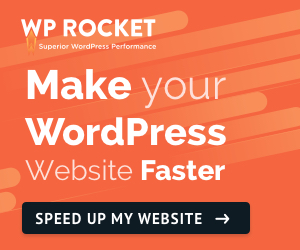When it comes to digital marketing, the success of a campaign is often measured by its conversion rate.
A conversion rate is the percentage of visitors to a website who take a specific action, such as filling out a form or making a purchase.
Landing pages play a crucial role in conversion rate optimization (CRO) because they are the first point of contact for potential customers.
In this post, we will discuss what landing page conversion rate is, why it’s important, and how to optimize your landing pages for maximum results.
Why Landing Page Conversion Rate Matters
A high landing page conversion rate means that a large percentage of visitors are taking the desired action on your website.
This can lead to more leads, sales, and revenue for your business.
On the other hand, a low landing page conversion rate can indicate that there is room for improvement in the design and messaging of your landing pages.
By understanding and optimizing your landing page conversion rate, you can make data-driven decisions to improve the performance of your campaigns and increase conversions.
Best Practices for Optimizing Landing Page Conversion Rate
There are several best practices that you can follow to optimize your landing page conversion rate. Some of these include:
- Keep the design simple and clean
- Use a clear and compelling headline
- Include a clear and prominent call to action
- Use social proof, such as customer testimonials
- Optimize the page for conversions, not just traffic
- Test different versions of the page to see which performs best
By following these guidelines and testing different variations of your landing pages, you can improve the performance of your campaigns and increase conversions.
Examples of High-Converting Landing Pages
To give you an idea of what a high-converting landing page looks like, here are a few examples:
- Dropbox: A landing page for a SaaS company that uses a clear headline, a clear call to action, and social proof to increase conversions.
- Airbnb 2: A landing page for an e-commerce company that uses a clean design, clear messaging, and a prominent call to action to increase conversions.
- MailChimp: A landing page for a lead generation company that uses a clear headline, a clear call to action, and social proof to increase conversions.
These examples show how different industries can use the best practices of landing page optimization to increase their conversion rates.
Tips for Measuring and Analyzing Landing Page Conversion Rate
Measuring and analyzing your landing page conversion rate is crucial to understanding the performance of your campaigns and making data-driven decisions. Here are a few tips for measuring and analyzing your landing page conversion rate:
- Use a tool like Google Analytics to track conversions on your landing pages
- Test different variations of your landing pages to see which performs best
- Analyze the data to identify patterns and make improvements
- Continuously monitor and optimize your landing pages for maximum results
In conclusion, landing page conversion rate is a crucial metric for measuring the success of your digital marketing campaigns.
By understanding what it is, why it matters, and how to optimize it, you can make data-driven decisions to improve the performance of your campaigns and increase conversions.
Remember, testing and analyzing your landing pages are the key to boost the conversion rate.
Keep your target audience in mind and focus on creating a landing page that is simple, clean, and optimized for conversions.
With these tips and examples in mind, you’ll be well on your way to creating high-converting landing page for your business.


